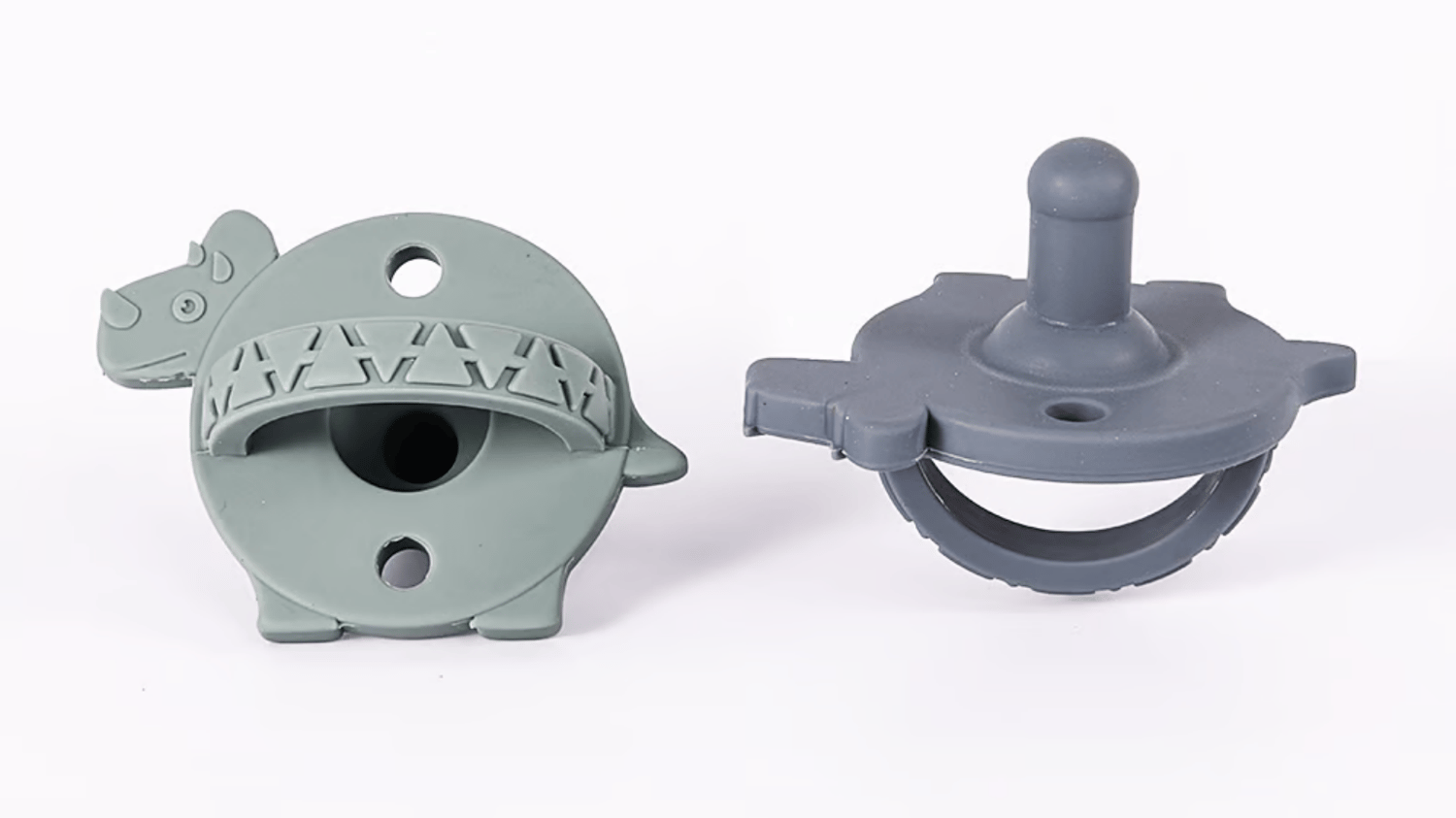Which Pacifier is Best for Newborns to Babies? A Comprehensive Guide
For new parents, finding the perfect pacifier for their little one can be a daunting task. With so many options on the market, it can be difficult to know where to even begin. In this comprehensive guide, we will discuss the different types of pacifiers available and which one may be best for your newborn to baby.
1. Silicone vs. Latex
The first thing to consider when selecting a pacifier is the material it's made from. Pacifiers typically come in two different materials - silicone and latex. Silicone is transparent, odorless, tasteless, and is easy to clean. Latex has a softer texture similar to the texture of skin, but it may have a distinct smell and taste. The best way to determine which one your baby prefers is to try out a few of each type.
2. Orthodontic vs. Traditional
Another consideration is the shape of the pacifier. Some pacifiers have an orthodontic shape that is designed to mimic the shape of a mother's nipple during breastfeeding. Others have a more traditional round shape. Orthodontic pacifiers can be helpful in preventing nipple confusion in breastfed newborns.
3. Size and Age Range
Pacifiers come in a variety of sizes and are typically designed for a specific age range. Be sure to select a pacifier that is appropriate for your baby's age and size. A pacifier that is too small may pose a choking hazard, while one that is too large may not stay in your baby's mouth.
4. Safety Features
When selecting a pacifier, safety should always be a top priority. Look for pacifiers that have large handles, air vents, and are made from non-toxic materials. Avoid pacifiers with small parts that could come loose and pose a choking hazard.
5. Pacifiers for Preemies
Preemies have different needs when it comes to pacifiers. They may require a smaller size and need a pacifier that is designed for their delicate oral structures. Talk to your pediatrician about the best pacifier for your preemie.
6. Pacifiers for Teething
Some pacifiers are designed to help soothe teething babies. These pacifiers may have a textured surface or be filled with water or gel that can be chilled in the refrigerator. Be sure to follow the manufacturer's instructions when using these pacifiers.
7. Glow-in-the-Dark Pacifiers
For parents who frequently find themselves searching for a lost pacifier in the middle of the night, glow-in-the-dark pacifiers can be a lifesaver. These pacifiers contain a special material that glows in the dark, making them easier to locate in the dark.
8. Pacifiers with Attachments
Some parents prefer to attach a pacifier to a clip or stuffed animal. Be sure to choose a pacifier clip that is safe and free of small parts that could pose a choking hazard. Remove any attachments when your baby is sleeping.
9. When to Stop Using a Pacifier
It's important to wean your child off a pacifier around the age of two to prevent oral development issues such as crooked teeth. Consult with your pediatrician about the best time to wean your child off a pacifier.
10. Overall, Which Pacifier is the Best for a Newborn to Baby?
The best pacifier for a newborn to baby ultimately depends on your baby's personal preferences. Some babies prefer a certain material, shape, or texture. It's important to try out a few different options to see what your baby likes best.

